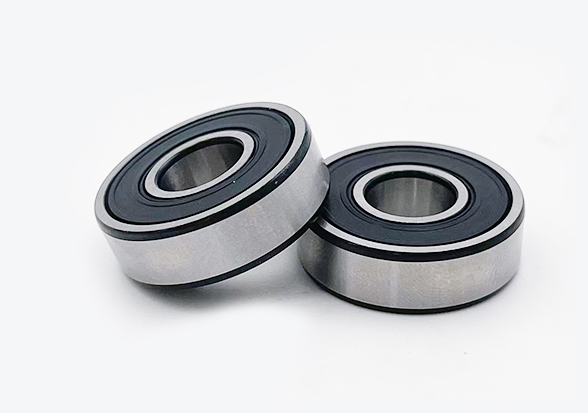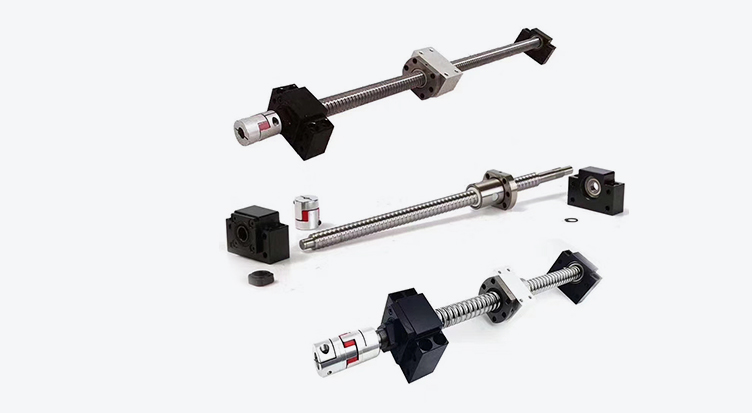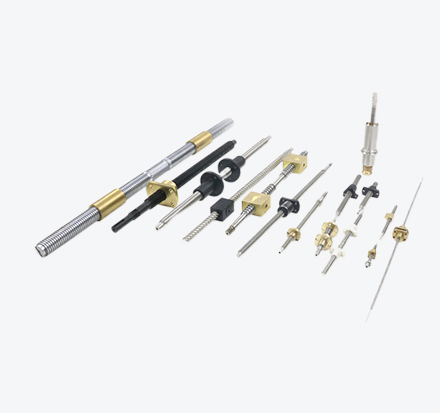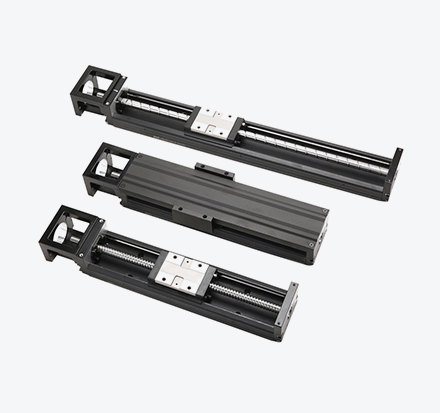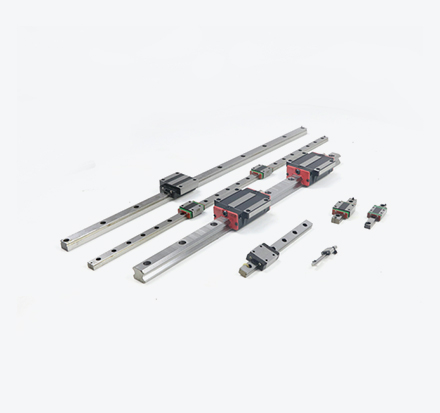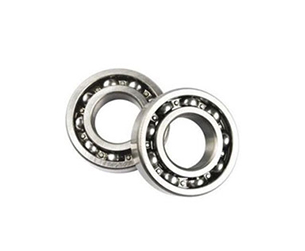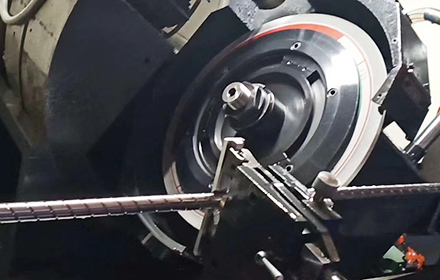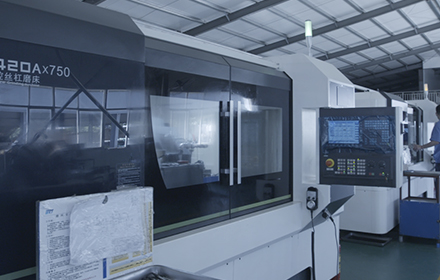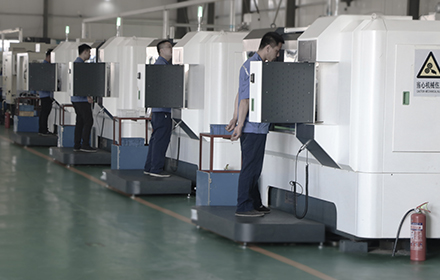Angular contact ball bearings are an integral part of many industrial applications, known for their unique ability to carry both radial and axial loads simultaneously. This dual-load capacity makes them indispensable in various fields, from automotive and aerospace to machinery and robotics. VXO Angular Contact Ball Bearing Supplier is a leading provider of these precision components, and in this article, we will delve into the mechanics and engineering principles behind how angular contact ball bearings efficiently manage these complex forces.
Understanding Angular Contact Ball Bearings
Angular contact ball bearings are a type of rolling-element bearing designed with a specific contact angle between the races and the balls. This contact angle allows them to handle not only radial loads, which act perpendicular to the bearing axis but also axial loads, which act parallel to the bearing axis. It is this fundamental design feature that distinguishes them from other types of ball bearings, such as deep groove ball bearings or thrust ball bearings.
The Anatomy of Angular Contact Ball Bearings
To comprehend how angular contact ball bearings carry both radial and axial loads, it's crucial to examine their anatomy:
Inner and Outer Rings: Angular contact ball bearings consist of an inner ring, an outer ring, and a set of balls. The inner ring rotates with the shaft, while the outer ring remains stationary within the housing.
Balls: These rolling elements are positioned between the inner and outer rings. Angular contact ball bearings have a specific contact angle between the ball and the raceway. This contact angle can vary, depending on the bearing's design and application requirements.
Cages: Bearings often incorporate cages or retainers to keep the balls evenly spaced and prevent them from colliding, reducing friction and wear.
Contact Angle: The contact angle is a critical parameter that determines how the bearing handles loads. Bearings with larger contact angles can carry higher axial loads but may have reduced radial load capacity, while those with smaller contact angles are optimized for radial loads.
How Angular Contact Ball Bearings Carry Radial Loads
Angular contact ball bearings can efficiently carry radial loads due to their contact angle and design. Here's how they achieve this:
Contact Angle: The contact angle allows the balls to make contact with the inner and outer rings at an angle rather than perpendicular to the bearing's axis. This angular contact distributes the load across a larger contact area, enabling the bearing to withstand radial forces.
Ball Arrangement: The arrangement of balls in angular contact ball bearings is optimized for radial loads. The larger the contact angle, the more effectively the bearing can handle radial loads. However, a trade-off exists between the contact angle and axial load-carrying capacity.
Precision Manufacturing: High-precision manufacturing processes ensure that the contact points between the balls and the raceways are precisely matched. This minimizes friction and maximizes load-carrying capability.
How Angular Contact Ball Bearings Carry Axial Loads
Angular contact ball bearings excel at carrying axial loads due to their unique contact angle and structural design. Here's how they achieve this:
Contact Angle: The contact angle, as previously mentioned, is crucial. Bearings with larger contact angles are specifically designed to handle axial loads effectively. When axial forces are applied, the balls transmit these forces along the bearing's axis.
Axial Preload: In some applications, axial preload may be applied to angular contact ball bearings. This preload places a slight axial force on the bearings, increasing their ability to resist axial loads. However, it's essential to set the preload accurately to prevent excessive friction and wear.
Bearing Pairing: Angular contact ball bearings are often used in pairs, either face-to-face (DF), back-to-back (DB), or tandem (DT) arrangements. This pairing increases their axial load-carrying capacity. In DF and DB setups, the axial loads are balanced between the two bearings, distributing the force evenly.
Thrust Bearings: In certain applications where axial loads are predominant, dedicated thrust bearings may be used in conjunction with angular contact ball bearings to handle the axial forces effectively.
Applications of Angular Contact Ball Bearings
Now that we've explored how angular contact ball bearings carry both radial and axial loads let's examine their diverse applications:
Automotive Industry: Angular contact ball bearings are extensively used in wheel hubs, transmissions, and steering systems, where they manage both radial and axial loads. Their high-speed capabilities make them ideal for automotive applications.
Aerospace Engineering: The aerospace industry relies on angular contact ball bearings in various components, including landing gear systems, control surfaces, and engine assemblies. These bearings ensure smooth operation while handling complex forces.
Machinery and Robotics: In industrial machinery and robotics, angular contact ball bearings provide the necessary precision and load-carrying capacity for precise movements and automation.
Machine Tool Spindles: Angular contact ball bearings are a staple in machine tool spindles, enabling the high-speed and high-precision machining required in industries such as manufacturing and metalworking.
Wind Turbines: The renewable energy sector benefits from angular contact ball bearings in wind turbine applications. These bearings handle the axial and radial loads associated with wind turbine operation, contributing to the reliability of energy generation.
Angular contact ball bearings, offered by VXO Angular Contact Ball Bearing Supplier, are a testament to precision engineering, designed to efficiently carry both radial and axial loads. Their unique contact angle and structural features make them indispensable in a wide range of industries, enhancing efficiency, reliability, and performance across various applications. Whether it's the automotive sector, aerospace engineering, machinery, or renewable energy, angular contact ball bearings continue to play a pivotal role in shaping modern industrial and technological advancements.
 English
English
